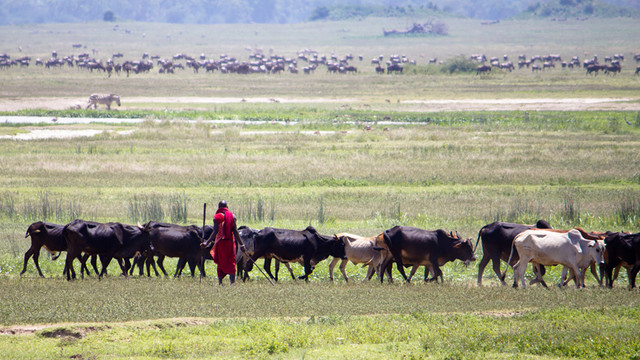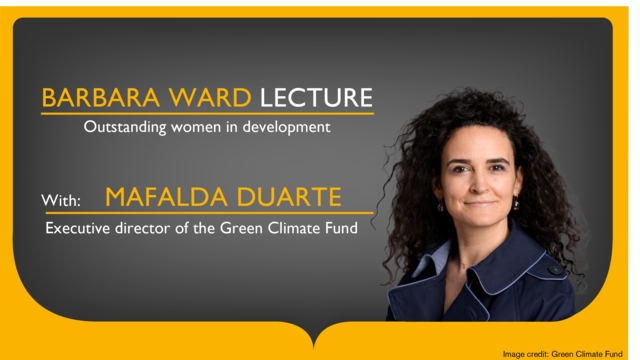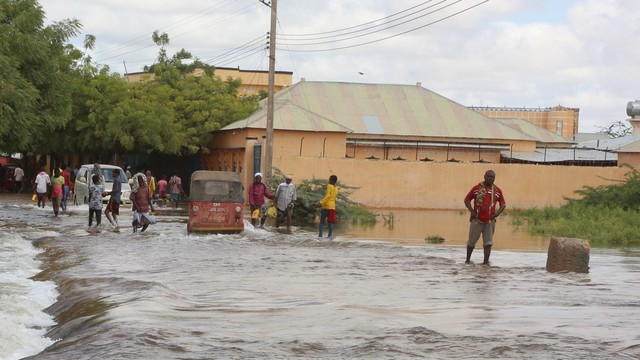One year on – Trump quitting Paris Agreement rallied action but we still need the US
A year after President Donald Trump pulled the United States out of the landmark climate accord, IIED director Andrew Norton says the world still needs the US to effectively tackle climate change.


On 1 June 2017 US President Donald Trump announced that the US would cease all participation in the 2015 Paris Agreement on climate change mitigation (Photo: Gage Skidmore, Creative Commons via Flickr)
It is one year since Donald Trump announced that the US would leave the Paris Agreement.
It has been a year of dynamism and drag, optimism and frustration set amid a series of devastating reminders that climate change is happening now. The extreme hurricanes, wildfires and floods that ripped through 2017, devastating millions of people’s lives across America, the Caribbean, South Asia and Europe illustrated the destructive force of climate change and the urgent need for action.
The effects of the US withdrawal ― which are mixed ― have set the stage for what’s to come. If it does actually leave the landmark treaty in 2020, it will be turning its back on its responsibility as one of the biggest emitters to help the poorest countries adapt to and even thrive in the face of climate change.
Leading the way
On the plus side, leaders from President Macron with his One Planet Summit in December to the Canadian and United Kingdom governments’ Powering Past Coal Alliance show the widespread determination to keep the spirit and goals of the Paris Agreement alive – despite President Trump.
Big business has repeated its commitments to work to keep temperature rise to well below 2°C, and aim for it not to be higher than 1.5°C. Companies including Ikea, Unilever and Indian car manufacturer Mahindra & Mahindra Limited, through such coalitions as We Mean Business, have stepped up to say they are taking action on their emissions.
Mayors and local government officials in the US and beyond have also been determined to show that change can be made without the US federal government’s leadership. Most prominent is California governor Jerry Brown’s Global Climate Action Summit that will be held in San Francisco in September.
But, however encouraging and necessary this combined action is, it is not enough to fill the gap if the US government quits the climate agreement.
The hard truth is, that when President Trump announced that one of the leading countries was breaking its commitment to this pivotal treaty, it gave other, less committed countries license to question their obligations. This has slowed the climate negotiations, as seen by the need to schedule an additional week of talks following the recent failure at the climate talks in Bonn to agree how the Paris Agreement will be implemented and monitored.
Alarmingly, at the 2017 UN Fiji-in-Bonn COP23 climate talks, it became clear that the climate finance governments pledged to poor and vulnerable countries is not increasing sufficiently and private investment for renewables in developing countries has actually dropped. Without these crucial funds, the women, children and men whose livelihoods and lives are threatened, will not be able to adapt to its effects or develop in better ways.
The US’s withdrawal from the Paris Agreement means it will not be making its next US$2 billion contribution to Green Climate Fund. It is hard to see how rich countries will achieve the $100 billion a year which they pledged. European governments have told developing countries that they cannot fill the gap left by the US. And most of the money pledged by businesses and local governments is not directed to poor countries. Increasing levels of private climate finance will not solve the problem.
A worsening problem
To make matters worse, credit rating agencies like Moody’s are downgrading the most vulnerable countries’ long-term credit ratings because climate change has made them even more vulnerable, making them an even greater investment risk.
Compounding this, IIED research shows that less than $1 in US$10 of climate finance is committed for the purpose of reaching these vulnerable communities. Too much is either just sitting in funds or being promised for big infrastructure projects that take decades to deliver. To make this money make a difference, much more finance needs to flow to the front line and support the poorest communities’ priorities – we need to get the money to where it matters most.
If governments fail to deliver the promised level of climate finance and if it fails to address local communities’ needs, then the ‘rule book’ that is being painstakingly negotiated and the victory of the Talanoa dialogue will matter little.
Without the money and support needed to deliver the Paris Agreement, the global effort to address climate change may be fatally undermined.
This post first appeared on the news website of the Thomson Reuters Foundation.


